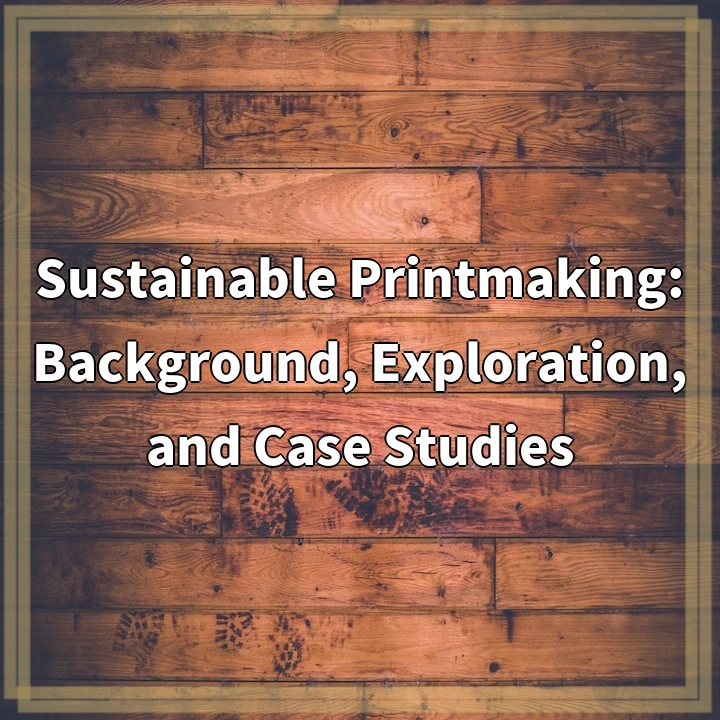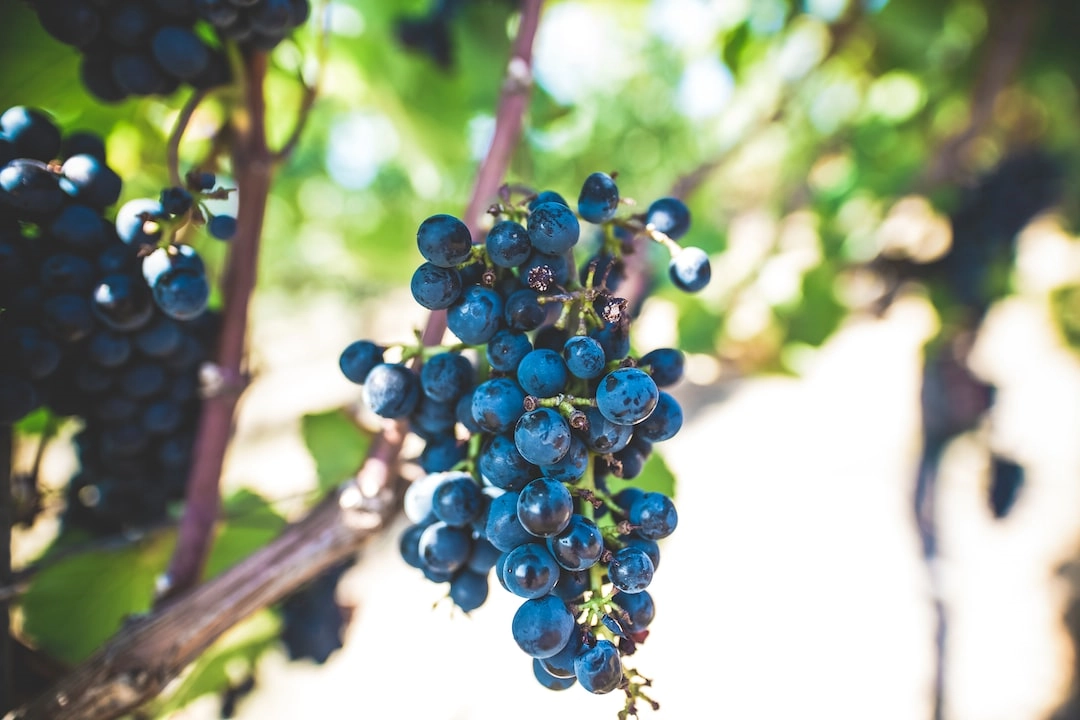
What is Sustainable Printmaking?
Sustainable printmaking is a method of creating printed artworks while minimizing its environmental impact. It involves adopting practices and using materials that are eco-friendly and socially responsible. Sustainable printmaking seeks to reduce resource consumption, waste generation, and harmful emissions throughout the entire printmaking process.
Real-World Problems
Despite its artistic value, traditional printmaking techniques often have negative consequences for the environment. Here are some of the real-world problems associated with unsustainable printmaking:
1. Chemical Pollution
Conventional printmaking methods often involve the use of toxic chemicals such as solvents, acids, and heavy metals. These chemicals can contaminate air, water, and soil, posing risks to human health and ecosystem integrity.
2. Excessive Resource Consumption
Printmaking consumes significant amounts of resources, including paper, inks, and energy. Unsustainable printmaking practices can result in deforestation, excessive water usage, and increased carbon emissions from energy-intensive production processes.
3. Waste Generation
Printmaking creates various types of waste, such as leftover inks, solvents, and discarded prints. Improper handling of these wastes can contribute to pollution and landfill accumulation.
4. Lack of Eco-Friendly Materials
Traditional printmaking materials often contain harmful substances, such as petroleum-based inks and non-recyclable plates. These materials can persist in the environment and contribute to long-term pollution.
5. Limited Accessibility
The cost and availability of traditional printmaking materials and facilities can make it inaccessible to artists and communities, limiting the diversity and inclusivity of the art form.
By acknowledging these real-world problems, sustainable printmaking aims to address these environmental and social challenges, offering a more responsible and conscious approach to creating printed artworks.

Solutions for Sustainable Printmaking
1. Non-toxic and Low-impact Materials
By switching to non-toxic and low-impact materials, such as vegetable-based inks, water-based solvents, and recycled plates, printmakers can significantly reduce chemical pollution associated with traditional printmaking techniques.
2. Efficient Resource Management
Implementing efficient resource management practices, such as using recycled or sustainably sourced paper, minimizing water usage, and reducing energy consumption through energy-efficient equipment and processes, can help mitigate the excessive resource consumption of printmaking.
3. Waste Reduction and Recycling
Printmakers can strive for zero-waste practices by implementing measures to reduce ink waste, properly managing hazardous waste, and exploring recycling options for materials like paper and printmaking plates.
4. Education and Collaboration
Providing education and promoting awareness about sustainable printmaking practices can inspire artists, printmakers, and communities to adopt more eco-friendly approaches. Collaboration between artists, printmaking studios, and suppliers can also facilitate the development and availability of sustainable materials and equipment.
5. Accessibility and Equity
Efforts should be made to ensure that sustainable printmaking practices are accessible and affordable for everyone. This can involve creating community printmaking spaces, offering workshops and resources, and supporting initiatives that promote inclusivity and diversity in the art form.
Implementing these solutions can lead to a more sustainable and responsible printmaking industry, protecting the environment, and fostering a more inclusive and accessible artistic community.















